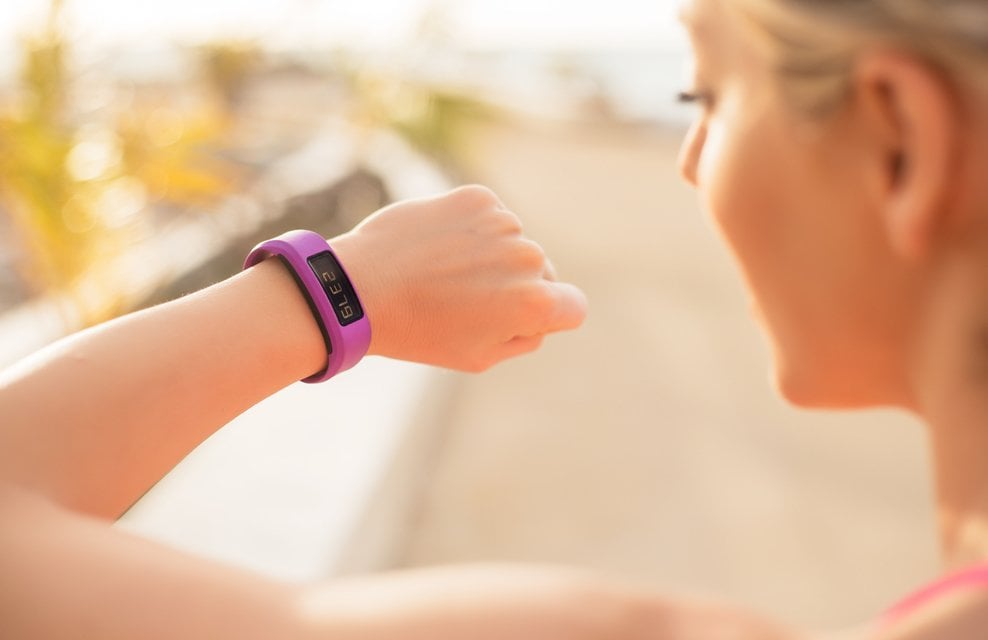
Wearable technology in healthcare is transforming the patient experience, and these companies are ushering in the age of health-focused wearables.
Written by Alyssa Schroer
Wearable technology in healthcare aims to shake up the industry and empower patients with granular data that leads to actionable insights. With wearables, patients have the ability to collect their own health data and report it in a digital format, eliminating the need for in-person appointments. Insurers and providers have also bought into wearable technology, relying on data collected from health monitoring devices to inform more personalized and accurate health plans. Even companies have adopted wearables to encourage healthy habits among office workers and employees working from home.
Wearable technology in healthcare refers to devices that patients attach to their bodies to collect health and fitness data, which they may provide to doctors, health providers, insurers and other relevant parties. Examples include fitness trackers, blood pressure monitors and biosensors.
Because of these benefits, wearable medical devices — like fitness trackers, smart watches, electrocardiogram (ECG) monitors, blood pressure monitors and biosensors — have witnessed booming demand. The smart wearable health devices market was valued at $13.8 billion in 2020, and it’s expected to balloon to $37.4 billion by 2028.
Here are 13 companies driving this growth by reshaping the patient experience through wearable technology in healthcare.